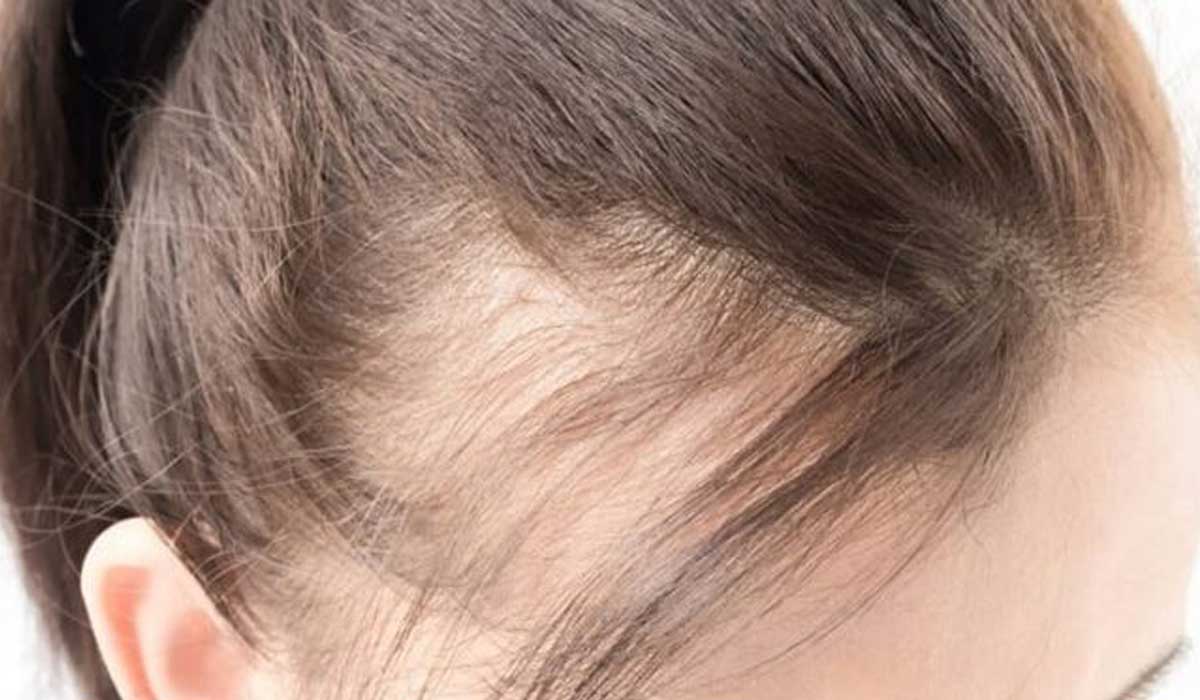
How Much is A Hair Transplant
Unveiling the Truth: Uncovering the Cost of Hair Transplants
Hair loss plagues millions worldwide. It undermines self-confidence and self-esteem. Hair transplants emerge as a game-changing solution. This surgical procedure restores full, natural-looking hairlines.However, these transformative results come at a cost – often a steep one. The price of hair transplants varies tremendously. Many factors influence the final expense.How much is a hair transplant?
This comprehensive guide unravels the complex pricing of hair transplants. It explores key cost determinants and provides pricing averages. The information empowers individuals to make informed decisions.
Understanding Hair Transplant Techniques
Hair transplants utilize two primary techniques: FUT (Follicular Unit Transplantation) and FUE (Follicular Unit Extraction).
FUT Technique This approach involves extracting a strip of skin with hair follicles from the back of the scalp. The surgeon then dissects this strip into individual grafts for transplantation.
FUE Technique This more advanced method extracts individual follicular units directly from the scalp. It leaves no linear scar but is more labor-intensive.
The FUE technique commands significantly higher prices due to its intricacy and time requirements. Surgeons usually charge per graft for either technique.

Surgeon Expertise: A Driving Cost Factor
A surgeon’s experience and reputation contribute greatly to pricing. Elite, in-demand surgeons justify premium rates for several reasons:
- Extensive Training and Skill: Top surgeons undergo rigorous, specialized training. Their refined skills produce impeccable, natural-looking results.
- State-of-the-Art Tools: Leading clinics invest in the latest, most advanced hair transplant technologies and equipment.
- Impressive Before/After Results: Surgeons with consistent, stunning patient outcomes understandably charge more.
- Demand for Their Services: Well-known, highly-regarded surgeons often have long patient waitlists.
Opting for an established, skilled surgeon provides peace of mind. However, it also means paying a premium price tag.
Geographical Influences on Hair Transplant Costs
A clinic or surgeon’s location significantly impacts pricing. Hair transplant costs fluctuate based on:
- Cost of Living: Surgery centers in major metropolitan areas face higher overhead expenses. These get passed along to patients.
- Local Market Rates: Some regions simply have higher average prices for elective cosmetic procedures.
- Travel Destination Appeal: Clinics catering to international patients in locations like Turkey adjust rates competitively.
Patients may save by venturing to more affordable locales. However, the travel costs partially offset pricing differences.

Number of Grafts Needed: A Key Variable
Hair transplants involve relocating thousands of individual follicular grafts. The total number required varies person to person based on:
- Extent of Hair Loss: More advanced balding necessitates more grafts to restore density.
- Size of Transplant Area: Larger areas like full scalp coverage demand a higher total graft count.
- Patient’s Hair Characteristics: Finer or coarser hair textures impact the grafts needed for ideal density.
Since surgeons charge per graft, more grafts equate to exponentially higher costs. The graft counts stratify pricing at different tiers.
State-By-State Pricing Averages for Hair Transplants
Polling data sheds light on typical hair transplant pricing for various U.S. states:
- New York: $10,000 to $15,000
- California: $8,000 to $15,000
- Texas: $6,000 to $12,000
- Florida: $6,000 to $12,000
- Illinois: $7,000 to $12,000
These ranges account for both FUT and FUE procedures. They also factor in surgeon expertise and overall graft counts. Major metro areas within states carry higher averages.
Additional Costs Beyond the Surgery
The quoted hair transplant pricing covers only the surgical procedure itself. Several other expenses add to the total investment:
- Medications: Anti-inflammatories, antibiotics, and other prescribed medications ($100 – $300)
- Follow-Up Visits: Periodic monitoring appointments to track healing ($75 – $200 per visit)
- Travel Expenses: Airfare, lodging, rental cars for those traveling for surgery (Varies)
- Miscellaneous: Special shampoos, head coverings, etc. ($50 – $250)
Most surgeons’ quoted pricing excludes these auxiliary costs. Patients must plan and budget accordingly.

Average Investment Range: A Comprehensive Look
Taking all factors into account, the typical total investment for a hair transplant procedure falls into the following ranges:
- FUT (Follicular Unit Transplantation): $4,000 to $12,000
- FUE (Follicular Unit Extraction): $6,000 to $15,000
The lower ends represent basic procedures by less experienced surgeons. The higher ends account for top-tier surgeons and extensive transplantation needs.
For more substantial, complicated cases utilizing premium surgeons, costs can stretch into the $20,000 to $30,000+ range. However, most patients fall within the above averages.
Financing Options to Make It Affordable
Six-figure price tags deter many hair loss sufferers from pursuing transplants. Fortunately, numerous financing avenues ease the burden:
- In-House Payment Plans: Many clinics offer interest-free installment plans spanning 6-24 months.
- Medical Loans: Third-party lenders provide loans explicitly for elective medical procedures.
- Personal Loans: Available through banks, credit unions, online lenders, etc.
- Credit Cards: An option for those able to pay off balances quickly and avoid interest.
- Health/Flex Spending Accounts: Allow using untaxed funds set aside for healthcare expenses.
- Personal Savings: For those able to self-fund all or a large portion of costs.
Exploring financial assistance unlocks hair restoration for those struggling with the lump-sum expense.
Assessing the Value of a Hair Transplant
Weighing the cost against the life-changing benefits proves vital. Restored hair yields incredible confidence, self-esteem, and overall outlook boosts.
While hair transplants require a major monetary investment, the aesthetic and psychological improvements deliver priceless value. Exploring financing options and researching thoroughly empower patients to make calculated choices.
Prioritizing long-term results over up-front costs provides the highest satisfaction. With proper budgeting, hair restoration becomes an achievable, worthwhile reality for many.

Conclusion
Hair transplants can vary in cost based on several factors, including the extent of hair loss, the technique used, and the geographical location of the procedure. The price range for a hair transplant procedure can be significant. Typically, the cost of a hair transplant can range from several thousand to tens of thousands of dollars. Factors such as the number of grafts needed and the complexity of the procedure contribute to the overall cost.
Additionally, the reputation and experience of the surgeon or clinic performing the transplant can impact the price. It’s important for individuals considering a hair transplant to conduct thorough research and consultations to understand the potential costs involved. Insurance may not cover the expenses associated with hair transplant procedures, as they are often considered cosmetic in nature.
Ultimately, the cost of a hair transplant is an investment in one’s appearance and self-confidence. It’s crucial for individuals to carefully consider their budget and weigh the potential benefits of the procedure. While cost is a significant factor, it’s equally important to prioritize the qualifications and expertise of the medical professionals performing the transplant.

